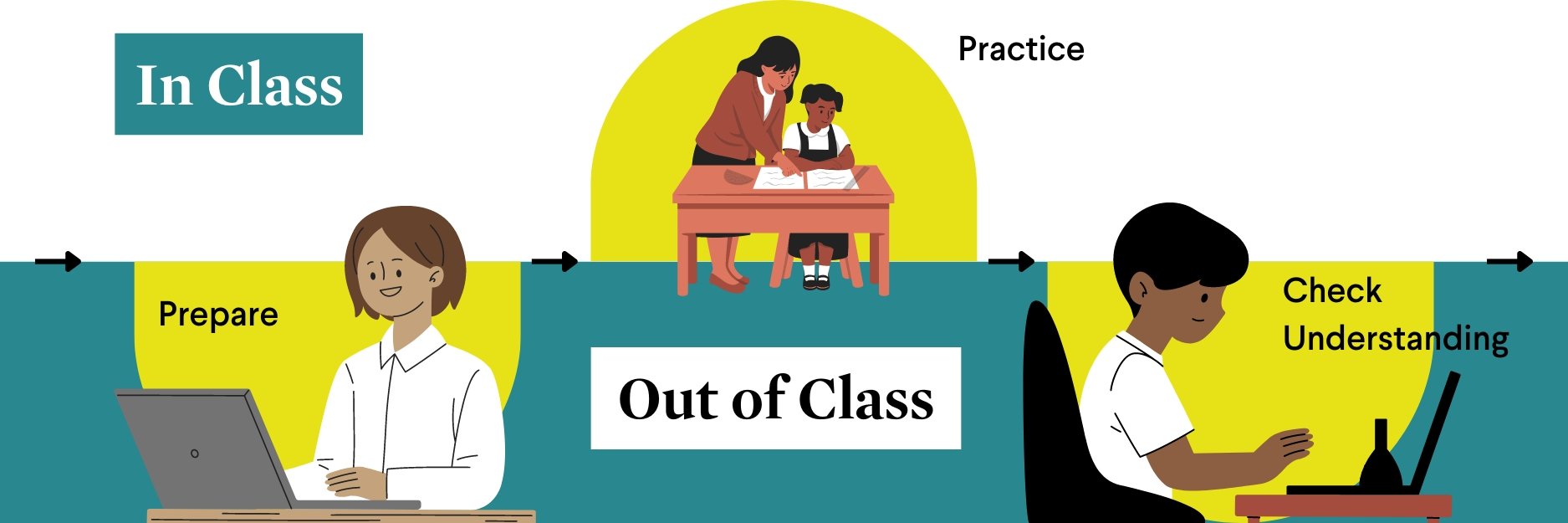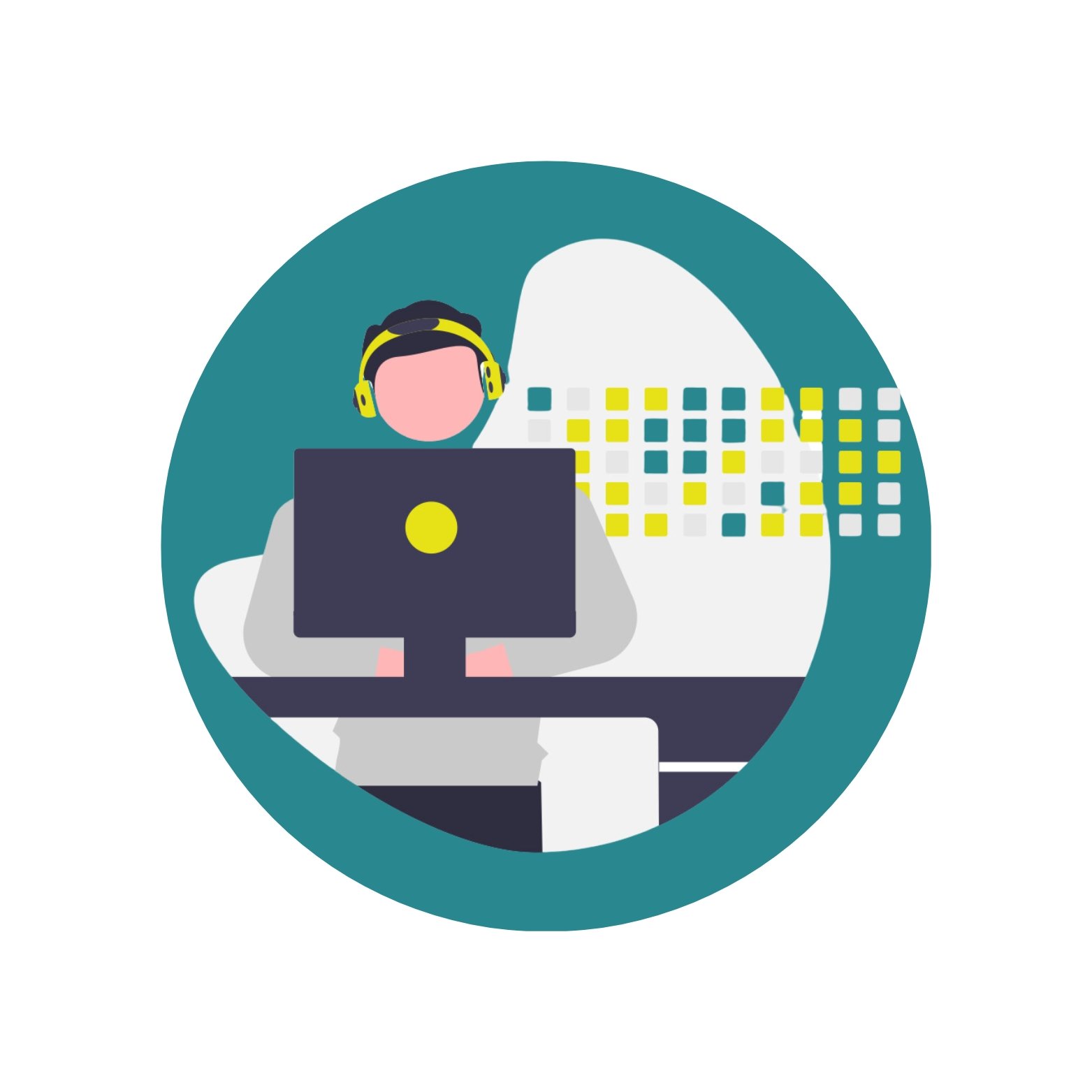AR for Community Colleges
Program Structure
To provide learners with a comprehensive experience and ensure program sustainability within the community college ecosystem, leadership should include the following key elements for a robust program structure.

About the Structure
At the core of the program structure, a hybrid flipped classroom model, with both in-person and virtual instruction, offers a flexible and engaging experience for all learners, regardless of learning style or non-academic responsibilities. Enhanced by population-specific wraparound supports, including office hours, professional development and/or entrepreneurial workshops, and stipends, this model ensures that all learners have the resources to succeed in the program. Additionally, our model programming typically concluded with an end-of-class showcase celebrating learner achievements, highlighting acquired AR skills, and serving as a workforce integration strategy with local employers.
Demonstrating Value: When seeking internal approval of for-credit AR programming in community colleges that are new to XR learning, program champions may face a hurdle in communicating the program’s value and its alignment with emerging industry standards to an audience unfamiliar with the technology’s potential.
Starting with non-credit embedment through a community college’s workforce division can provide a powerful and easily implemented demonstration of AR’s value for learners. After a successful initial launch, program champions then have a proof of concept for either a non-credit relaunch or an internal for-credit approval process.
Streamlined Approval: With non-credit programs requiring fewer formal approval processes, institutions can launch programming as soon as they have identified a training platform and instructors.
Flexibility in Scheduling: Non-credit embedment allows institutions to determine a timeline for learners based on the AR training platform of choice (for instance, 8 to 12 weeks for Meta Spark) along with an ideal course meeting cadence, without being tied to the traditional semester timeline.
“I’m a kinesthetic learner, and the hands-on approach [of the program] helped me navigate.”
- learner, Red Rocks Community College
- An average of 15 learners per cohort
- Weekly in-person instruction in a computer lab, along with a virtual option for each session and office hours
- 8-to-12-week timeline (this would vary depending on the training platform). Most of our partners indicated that 12 weeks is preferable, specifically for Meta Spark instruction
- Asynchronous learning with video modules (depending on platform) between in-person and virtual touchpoints

- Two program champions in college leadership positions to plan and guide programming
- Instructors with pilot program experience and technical knowledge of training platforms similar to AR instruction (e.g., graphic design, coding, etc.)
- Selection of AR training platform with an entry-level educational approach, with built-in instructor materials (e.g., Meta Spark)


- Career navigators (resume and LinkedIn development/refinement; job search support)
- Food pantry
- Child care
- Transportation
- Participation stipends
- Technology stipends (e.g., for laptops, iPads, etc.)
- Stipends for certification (if certification is associated with a training platform)
- Closing event to showcase learner skills with local employer and policymaker involvement


